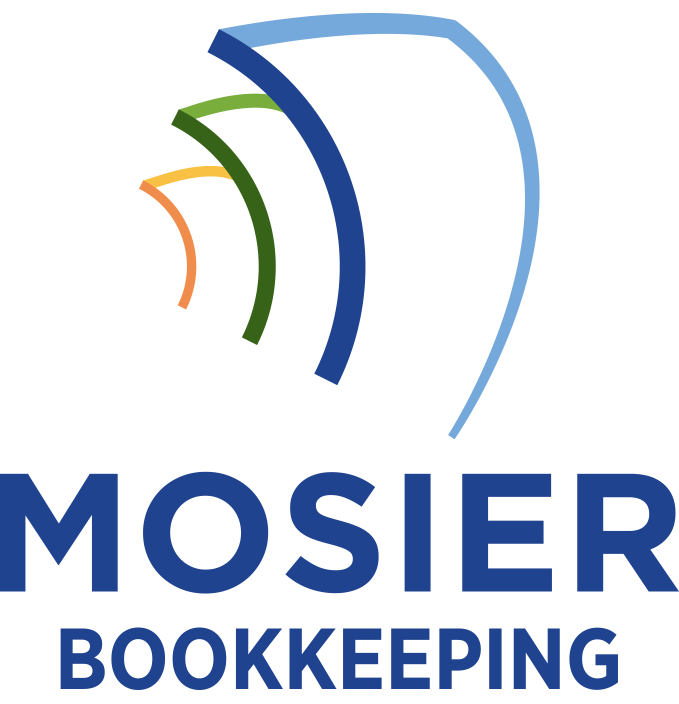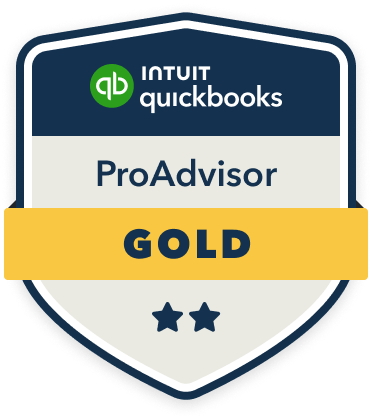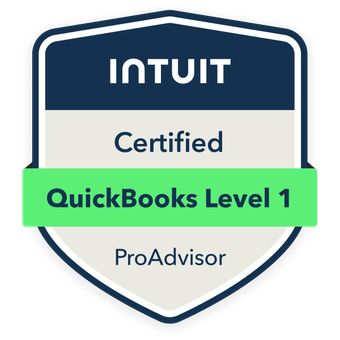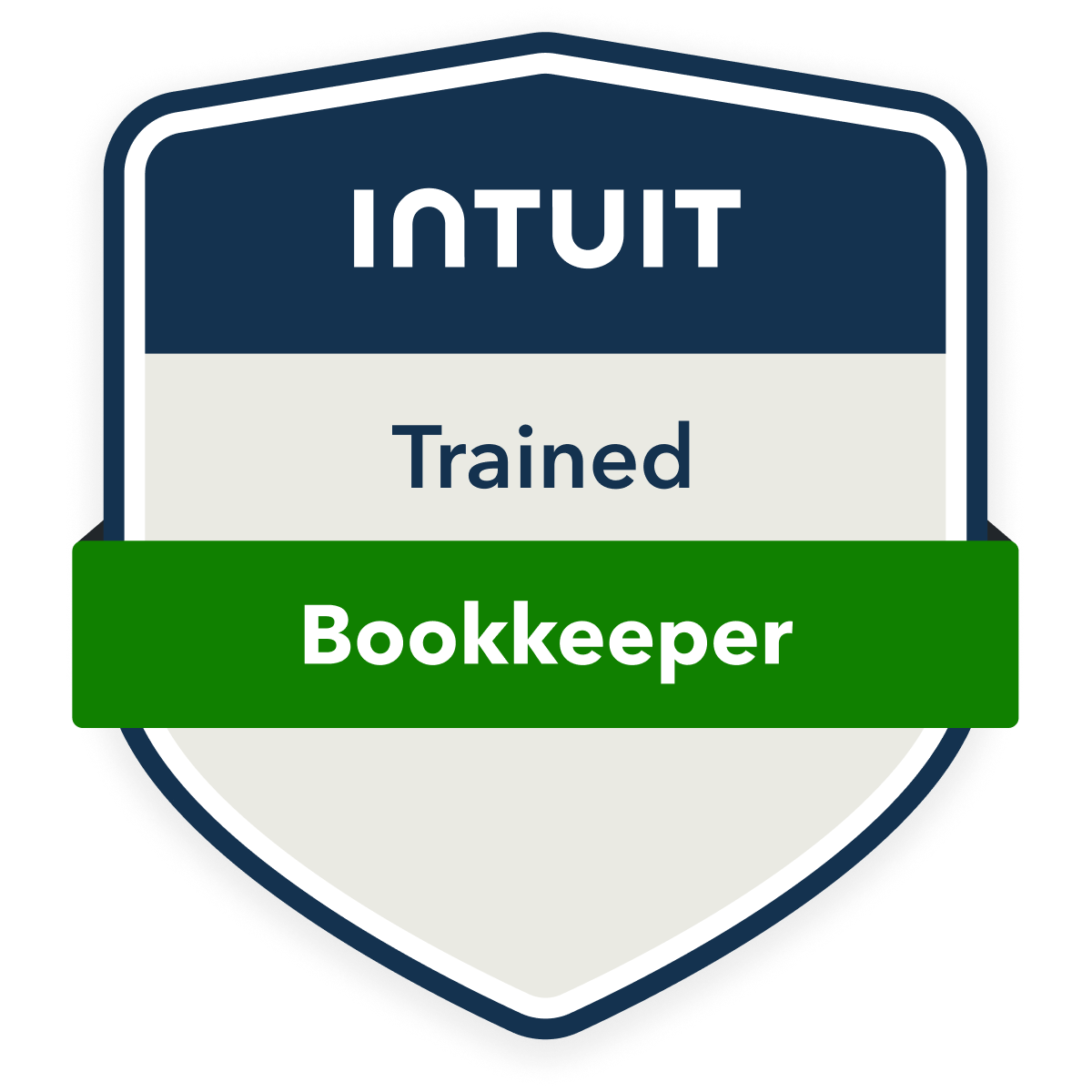To effectively handle bookkeeping for high client acquisition costs, I’ll help you establish detailed tracking systems that separate direct costs (like commissions and advertising) from indirect costs (like salaries and software). You’ll need to implement activity-based costing methods, create distinct ledger accounts for each acquisition channel, and set up automated data collection tools integrated with your CRM. By monitoring key metrics like CLV ratios and channel-specific conversion rates, you’ll unveil deeper insights into your acquisition ROI. The following strategies will transform how you manage these critical expenses.
Understanding and Categorizing Client Acquisition Costs

While many businesses track their overall marketing spend, properly understanding and categorizing client acquisition costs requires a more granular accounting approach. I’ll show you how to break down these costs into direct and indirect components.
Direct costs include sales commissions, advertising spend, and promotional materials. I track these by campaign, channel, and individual client. Indirect costs encompass sales team salaries, CRM software, and marketing infrastructure.
I recommend creating separate ledger accounts for each acquisition channel. This enables you to calculate precise cost-per-acquisition metrics and ROI for every marketing initiative, giving you strategic control over your client acquisition strategy.
Setting Up Proper Cost Tracking Systems
Three essential components form the foundation of an effective cost tracking system for high client acquisition expenses: automated data collection tools, standardized expense categorization protocols, and real-time reporting mechanisms.
I recommend implementing cloud-based accounting software that integrates with your CRM to automatically capture and categorize acquisition costs. You’ll want to establish clear expense codes for each marketing channel, sales activity, and conversion touchpoint. Configure your dashboard to track key metrics like cost per lead, customer acquisition cost (CAC), and lifetime value ratio.
Set up automated alerts when costs exceed predetermined thresholds, enabling swift corrective action to maintain profitability.
Calculating Customer Lifetime Value Against Acquisition Expenses

Calculating an accurate customer lifetime value (CLV) requires precise measurement against your acquisition costs to determine true profitability. I’ve found that dividing total customer revenue by the number of years they remain active gives you the annual value, which you’ll multiply by their average retention period. Subtract your customer acquisition cost (CAC) to reveal net CLV.
Track these metrics in your accounting software: initial purchase value, repeat purchase frequency, average order value, and churn rate. I recommend creating separate cost centers for acquisition channels to isolate ROI. This granular approach lets you optimize spending on your most profitable customer segments.
Implementing Effective Cost Allocation Methods
To effectively manage high client acquisition costs, proper cost allocation methods must precisely distribute expenses across appropriate business segments and customer accounts. I recommend implementing activity-based costing (ABC) to track specific acquisition channels and customer segments. You’ll need to establish cost pools for marketing campaigns, sales activities, and onboarding processes.
I suggest utilizing allocation bases that reflect causal relationships between costs and customers. Direct costs get assigned immediately, while indirect costs require systematic distribution using relevant drivers. Track metrics like cost-per-lead and conversion rates to validate your allocation decisions. Integrate these methods into your accounting software for automated expense distribution and real-time profitability analysis.
Monitoring Key Performance Metrics and ROI
Once cost allocation methods are established, measuring their effectiveness requires rigorous performance tracking and ROI analysis. I recommend monitoring these essential metrics to maximize your client acquisition investment:
- Customer Lifetime Value (CLV) ratio against acquisition costs to determine long-term profitability potential
- Channel-specific conversion rates to identify your most cost-effective acquisition pathways
- Churn rate correlation with acquisition source to optimize retention strategy
- Cost Per Acquisition (CPA) trends across different market segments and campaigns
I’ll track these metrics monthly in your accounting system, enabling data-driven decisions about resource allocation and helping you scale profitably while maintaining positive cash flow.
Creating Strategic Reports for Investor and Stakeholder Review
Strategic reports for high-acquisition-cost businesses must present detailed financial data that resonates with investors while clearly demonstrating ROI potential. I’ve found that incorporating CAC-to-LTV ratios, payback periods, and cohort analyses into quarterly presentations drives stakeholder confidence. I structure these reports to highlight unit economics, segmenting data by customer tiers and acquisition channels.
I guarantee these reports showcase market penetration metrics, customer retention curves, and projected scaling costs. By integrating cash flow forecasts with acquisition funnel data, I enable stakeholders to visualize growth trajectories and capital requirements. This approach has consistently secured additional funding rounds for my clients.
